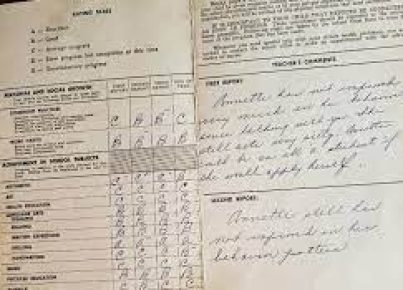Introduction:
Middle school students’ learning success can be enhanced by utilizing various sub activities designed to evaluate their comprehension and progress. By engaging in activities that are both enjoyable and educational, students can demonstrate their understanding of subject matter while reinforcing their learning. This article highlights 20 sub activities that assess middle school students’ learning across diverse content areas.
1. Jigsaw – Divide students into groups and assign each group a different topic or segment of the lesson. Students study the assigned material and then share their understanding with the rest of their group.
2. Exit Tickets – At the end of a lesson, ask students to write down one thing they learned, one question they have, and one suggestion for improvement.
3. Think-Pair-Share – Students think about a given topic or question, turn to a partner to discuss, and then share their thoughts with the entire class.
4. Graphic Organizers – Utilize Venn diagrams, flowcharts, or mind maps to help students organize information.
5. Two-Minute Debates – Students debate a specific topic for two minutes with a partner, allowing them to practice articulating their thoughts clearly and succinctly.
6. Error Analysis – Present intentionally incorrect or incomplete work for students to analyze and correct.
7. Peer Evaluation – Have peers review each other’s work, offering constructive feedback and suggestions for improvement.
8. Concept Mapping – Students create visual representations of related ideas and concepts within a given topic.
9. Fishbowl Discussions – A small group of students discusses a topic while the rest of the class observes; debrief afterward by reflecting on the discussion’s effectiveness.
10. Quizzes or Tests – Use traditional assessments such as quizzes or tests that align with the lesson material.
11. Socratic Seminars – Engage students in structured discussions based on critical thinking, close reading, and respectful discourse.
12. Learning Stations – Set up various stations covering different aspects of the lesson for students to rotate through, providing opportunities for collaboration and hands-on learning.
13. Gallery Walk – Display a variety of related information around the classroom for students to review and discuss in small groups.
14. Multiple Choice Questions – Test students’ knowledge with multiple choice questions that require higher-order thinking.
15. Flashcard Review – Utilize flashcards for vocabulary or concept review, with students pairing up to quiz each other.
16. Round Robin Share-Out – Each group member shares one idea or piece of information from a group discussion with the entire class.
17. Role-Playing – Assign students specific roles relevant to a topic or historical event and have them act out scenarios that demonstrate their understanding of the content.
18. Performance Task – Students apply their knowledge and skills to complete a real-world task related to the lesson material.
19. Self-Assessment – Provide opportunities for students to reflect on their own learning, including setting goals and identifying strengths and weaknesses.
20. Projects – Allow students to engage in projects that demonstrate their creativity, knowledge, and understanding of a subject matter.
Conclusion:
The 20 sub activities outlined in this article can significantly contribute to assessing middle school students’ learning by accommodating diverse learning styles and preferences. By incorporating these activities into lesson plans, educators can promote student engagement, reflection, and mastery of content.





